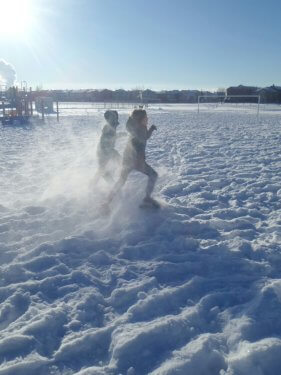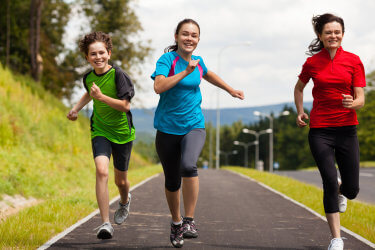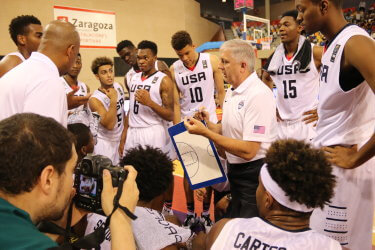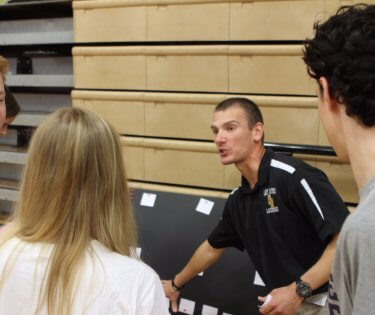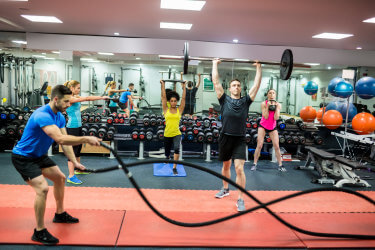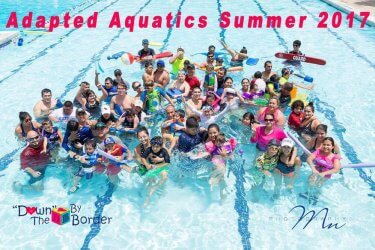I love watching cooking competitions. My favorite show is Top Chef, which features chefs competing in a variety of pressure-filled and unpredictable culinary challenges. At the end of each episode, one of the contestants is eliminated from the competition. The chef who creates the best meal during the final episode is named “Top Chef.” I also enjoy watching Chopped. In this fast-paced show, four chefs compete in a three-round contest. During each round (Appetizer, Entrée, and Dessert), the chefs are given a basket of unusual mystery ingredients that are not commonly prepared together. They are expected to use each ingredient and also have access to state-of-the-art cooking equipment and a fully-stocked pantry. A chef is “chopped” from the competition at the end of each round until the judges choose the “Chopped Champion.”
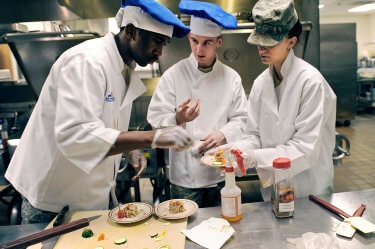
I recently contacted my dear friend, Betsey Caldwell, who teaches physical education at Graham Hill Elementary School in Seattle, WA. I told her that for the past few years I’ve wondered and imagined what a reality-based physical education television game show would look like. Our hilarious conversation took off and we quickly decided to organize and host The #PhysEd Chopped Challenge during the SHAPE America 2018 National Convention in Nashville!
Here is our plan:
